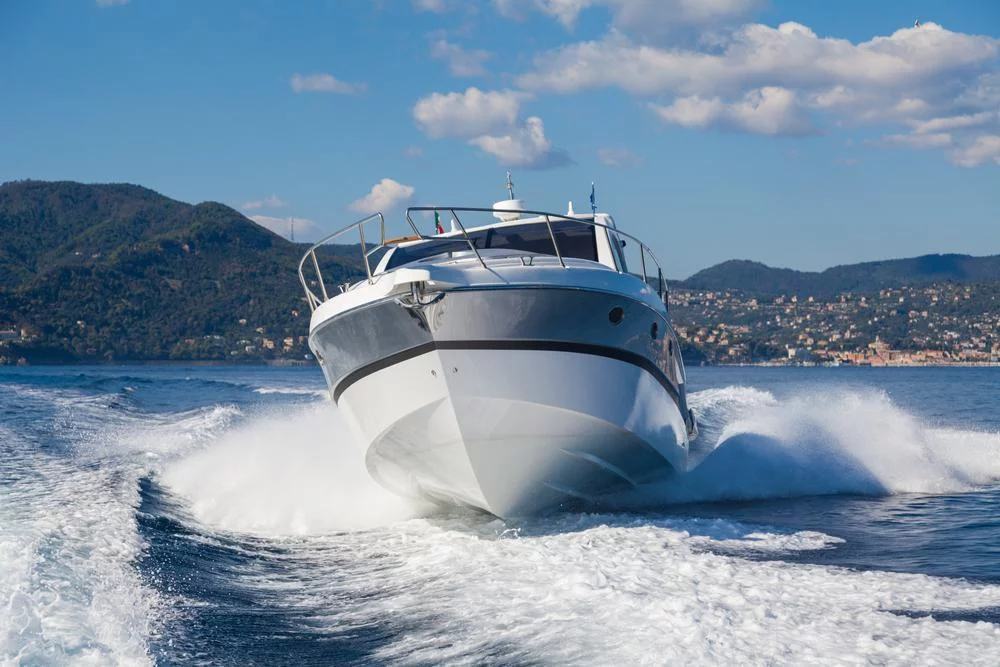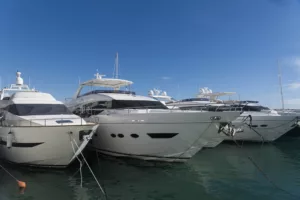When buying a boat, you will probably find it more practical to finance that purchase to some extent. You generally can’t get the boat without paying something, but a boat loan makes it much easier to get out on the water where you want to be. Indeed, most boat buyers do end up financing their purchase to one degree or another. If you are one of the many people who are considering financing a boat, you might be wondering: What do I need to finance a boat? Let’s try to answer that question as completely as possible.
1. Choose Your Vessel
Before you can finance a boat, you need to figure out what kind of boat you will be getting. It will be impossible for your lender to approve or deny your loan application until they know what you are trying to buy. They need this information so that they can figure out what you are realistically able to afford.
2. A Down Payment
As we said before, you can’t usually just take the boat home without paying something. In most cases, lenders are not willing to finance 100% of the cost. However, most lenders will only require 10%-20% of the purchase price as a down payment. In any case, you need to make sure that you have the down payment ready. 20% is the most common figure, so just take the price of your chosen boat and multiply it by 0.20. For instance, if your boat costs $100,000, your down payment will be $20,000 (20%).
3. A Good Credit History
This is one of the most important things that you will need when asking for any kind of loan. Because boat loans tend to be pretty large, your credit history will be even more important here. This will tell a potential lender how likely you are to repay the debt, thus giving them a way to assess risk. Most lenders will require a credit score of 680 or more.
4. Proof Of Income And Employment
Credit history isn’t the only thing your lender will want to review. They will also need proof of income and employment.
This kind of proof can take many forms, paystubs, W2s, or copies of your Federal Tax Returns. Recent paystubs will verify employment and pay, and W2s and copies of tax returns help verify annual income, especially if you are self-employed.
5. A Low Debt-To-Income Ratio
When evaluating your income and employment, most lenders will be taking notice of your debt-to-income ratio. This is basically just a comparison between all your known debts and all your known income. If your debts are greater than your income, you most likely won’t be approved for that loan.
A high debt-to-income ratio could mean you are living beyond your means. Banks and Creditors like to see a debt ratio of 1.20 or higher. That means for every dollar of loan expense you have $1.20-meaning you can cover the loan payments and still have money left over. Generally, people with a lower debt-to-income pay their bills regularly, and on time, and are generally seen as having a better credit risk than those with a high debt-to-income ratio.
Conclusion
You don’t need all that much to finance a boat, but it can still take time to make everything happen. Apart from the time that your lender takes to review your application, they will also need time to review all of your information and make sure that you fit their requirements. If you need help finding the best lender for you, there is no need to worry. Just contact Atlantic Horizon Capital today to set up a free consultation.





